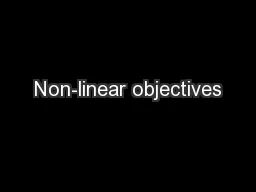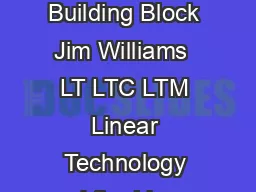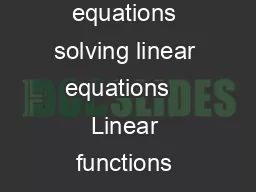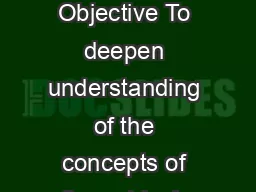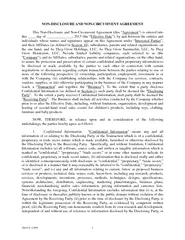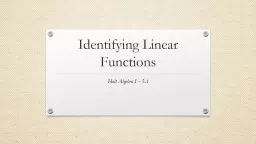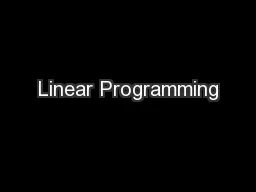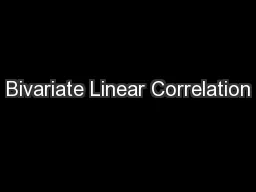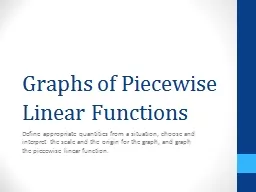PPT-Non-linear objectives
Author : min-jolicoeur | Published Date : 2017-11-09
in mechanism design Shuchi Chawla University of Wisconsin Madison FOCS 2012 So far today Revenue amp Social Welfare This talk Nonlinear functions of type amp allocation
Presentation Embed Code
Download Presentation
Download Presentation The PPT/PDF document "Non-linear objectives" is the property of its rightful owner. Permission is granted to download and print the materials on this website for personal, non-commercial use only, and to display it on your personal computer provided you do not modify the materials and that you retain all copyright notices contained in the materials. By downloading content from our website, you accept the terms of this agreement.
Non-linear objectives: Transcript
Download Rules Of Document
"Non-linear objectives"The content belongs to its owner. You may download and print it for personal use, without modification, and keep all copyright notices. By downloading, you agree to these terms.
Related Documents

